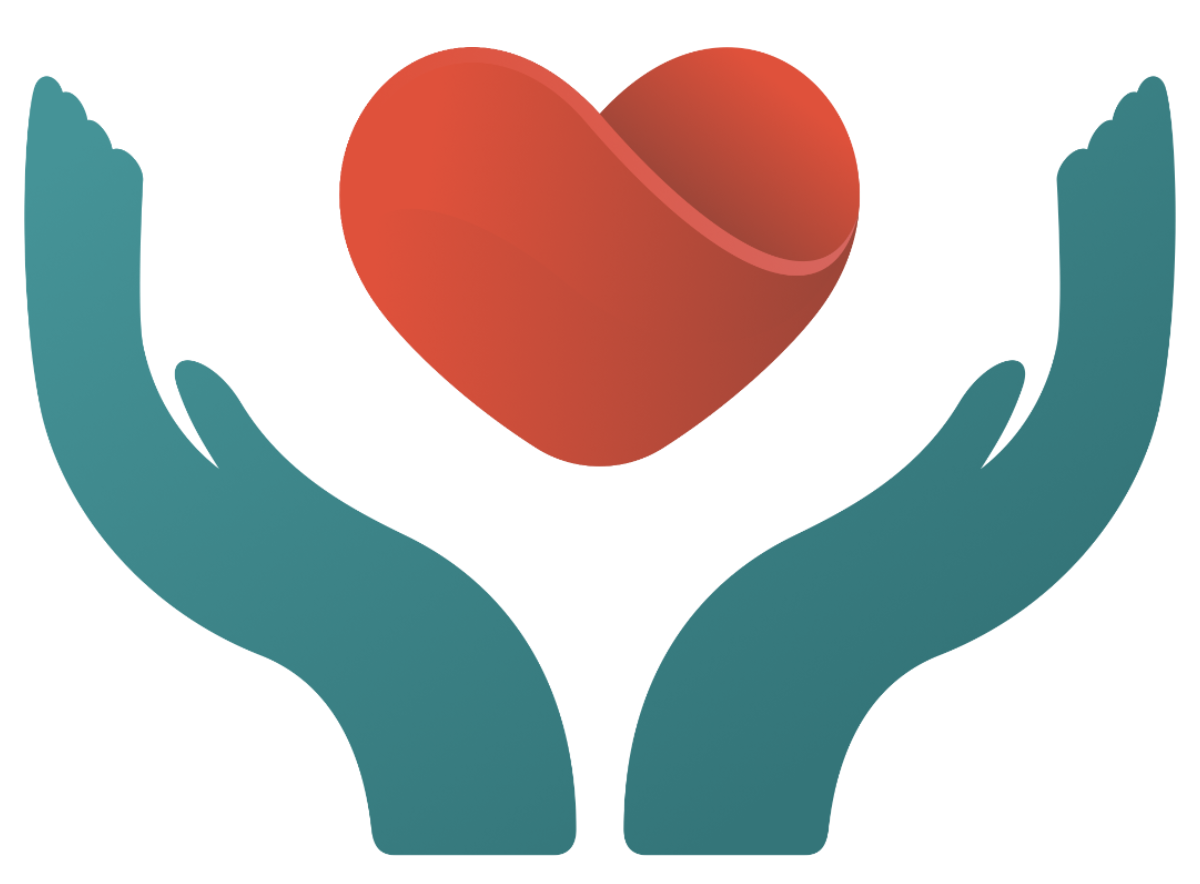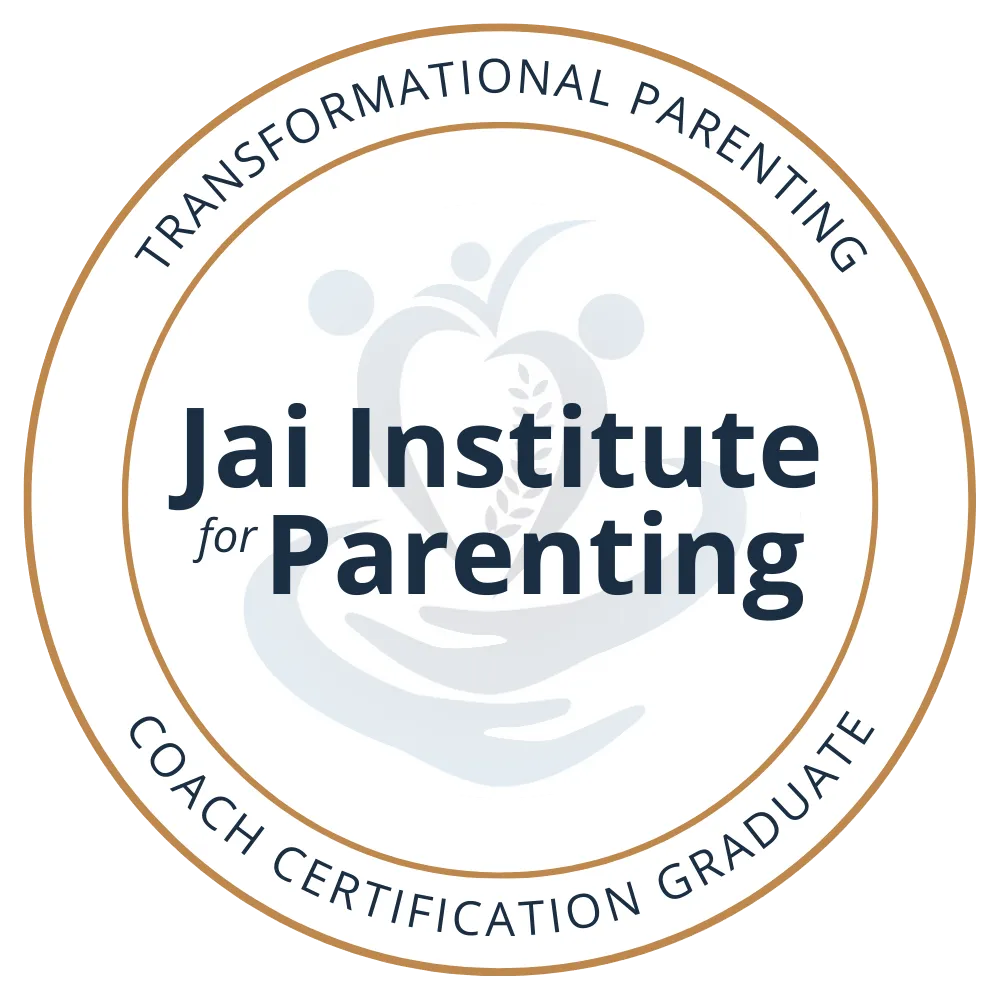Parenting is often described as one of the most rewarding yet challenging experiences of our lives. Many of us strive to show up as calm, patient, and understanding parents, but we sometimes find ourselves reacting in ways that don’t align with our values. Why does this happen, and how can we change it? The answer often lies in understanding our patterns and triggers.
The Impact of Habitual Patterns and Unexamined Triggers in Parenting
In the rush of daily life, we can fall into automatic responses—behaviors and reactions rooted in our past experiences, beliefs, and unconscious habits. These patterns often come to the surface in moments of stress or conflict, such as when a child throws a tantrum, defies a boundary, or makes a mess. These reactions (note I am saying “reaction” and not “response”) show up when our nervous system goes into flight or fight (meaning, we are STRESSED!). Our reactions are learned patterns; they may be echoes of our own childhood, our unresolved/unfelt experiences, or the ways we learned to react to conflict or stress. An example of this would be if we get annoyed with or yell at a child when they make a mess. How were you treated when you “messed up” as a child? Were you treated with patience and understanding, or was your caregiver annoyed or even angry with you? Note that judging the caregiver/parent is not what we are after here. It’s simply identifying how you were conditioned to respond to stress.
Triggers are like emotional buttons, activating intense reactions to specific situations. When we’re unaware of our triggers, we may find ourselves reacting impulsively, often with frustration, anger, or withdrawal. These reactions can create disconnection, and we end up feeling regretful, wondering why we behaved in a way that doesn’t feel true to who we are as parents.
Why Self-Reflection is Imperative if We Want to Change
Self-reflection is the practice of observing ourselves with curiosity and compassion. By making time to explore our reactions, we can begin to recognize which patterns and triggers are influencing our responses. When we know our triggers, we’re better equipped to create a pause, step back, and consider a different response.
Here are some examples of how to check in with yourself with curiosity and grace:
- What was I feeling in that moment?
- Why did I react that way?
- Where have I felt this way before?
- What unmet need or unhealed experience could be driving this reaction?
These questions invite us to look deeper, seeing ourselves not as “bad” or “good” parents but as people with histories, feelings, and needs that deserve to be understood. When we approach our own patterns with empathy, we can create space to show up differently for our children.
Identifying and Working Through Triggers
Identifying triggers requires honesty and vulnerability. For instance, if we notice we feel highly triggered by our child’s defiance, it might reflect a past experience where we were discouraged from expressing ourselves. Recognizing this can bring insight, and with insight comes choice. Rather than seeing defiance as a personal affront, we can see it as an opportunity to validate our child’s autonomy while setting boundaries calmly yet firmly.
By understanding our triggers, we’re not only better equipped to avoid reactionary parenting but can also develop healthier responses. Here are a few strategies:
- Practice Mindful Pausing: When you feel triggered, take a moment to breathe before responding. This pause can help create the space you need to choose a response aligned with your values. Very often, in the moment, we cannot pause. Practice a mindful pause when you are not stressed or just starting to get fired up. Once we are too far into fight or flight mode it is much harder to be rational.
- Reframe the Situation: Try to reframe your child’s behavior as communication rather than defiance or misbehavior. This shift helps in seeing situations with empathy rather than judgment. Again, practice doing this just as feel your temperature rising.
- Connect with Your Inner Child: Very often, our triggers relate to unmet needs or wounds from our own childhood. By reconnecting with our younger self, we can provide the care, empathy, and compassion that we once needed. A quick way to try this is to sit in silence, and draw up a visual of your inner child. However he or she looks is fine. Ask, “what do you need most right now?” Trust in whatever you hear. If you hear nothing, then maybe your inner self needs to feel safe or just needs to be held. Just practice sitting with this part of yourself for a while and be open to what shows up.
How Self-Reflection Helps You Show Up Differently
As we build awareness of our patterns and triggers, we gain the power to transform our reactions into thoughtful responses. Self-reflection helps us move from “reacting” to “responding,” allowing us to show up as the parents we want to be. Here’s how this transformation can look:
- More Calm and Patience: When we understand our triggers, we’re less likely to be blindsided by them. We know what situations might be challenging and can prepare ourselves, leading to more calm and patience in our responses.
- Greater Empathy and Understanding: By recognizing how our experiences shape our reactions, we become more compassionate not only toward ourselves but also toward our children. This empathy fosters a safer, more connected environment.
- A Model of Emotional Resilience: When we reflect on and work through our patterns and triggers, we model emotional resilience for our children. They see us managing our emotions, learning, and growing, which helps them develop these skills as well.
The Journey of Self-Reflection is Continuous
Understanding our patterns and triggers is not a one-time fix but a lifelong journey. Parenting invites us to continuously learn, unlearn, and grow. Each time we reflect on our reactions, we gain more insight, which brings us closer to the parent we aspire to be. It’s a process of becoming; of moving from reaction to response, from frustration to empathy, and from disconnection to connection.
Embrace Self-Reflection as a Tool for Change
In our journey to become more present and connected parents, understanding our patterns and triggers is essential. By embracing self-reflection, we create the space to show up differently, turning moments of stress into opportunities for connection, growth, and transformation. Remember, this journey isn’t about perfection; it’s about progress. Each step we take toward self-awareness is a gift—not only to ourselves but to our children, who benefit from our presence, patience, and love.
Self-reflection and connecting with the inner child is the core of my work. If this resonates with you, schedule your discovery call and let’s see what we can unpack together!






